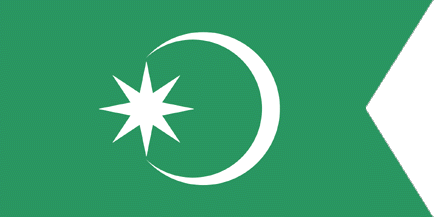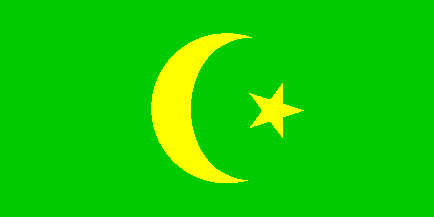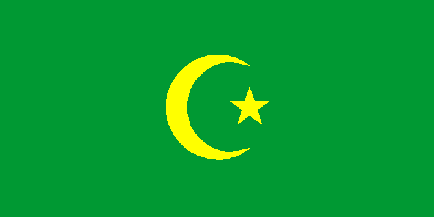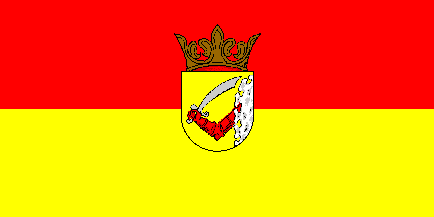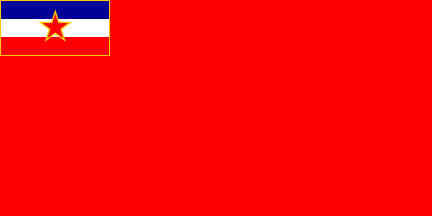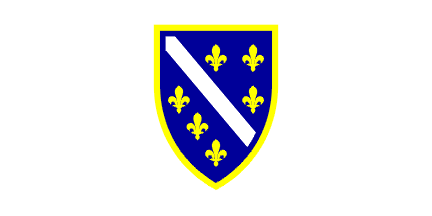French soldiers wasn't worse than the English, American or Russian at all. England survived because of the channel, Russia because of it's vast lands and huge population.
Actually, French soldiers fought really good as smaller units integrated in the allied forces. This happened in North Africa, in Italy and of course in France it self, and many allied comanders regarded them with high esteem.
________
Infants Zoloft
Actually, French soldiers fought really good as smaller units integrated in the allied forces. This happened in North Africa, in Italy and of course in France it self, and many allied comanders regarded them with high esteem.
________
Infants Zoloft

